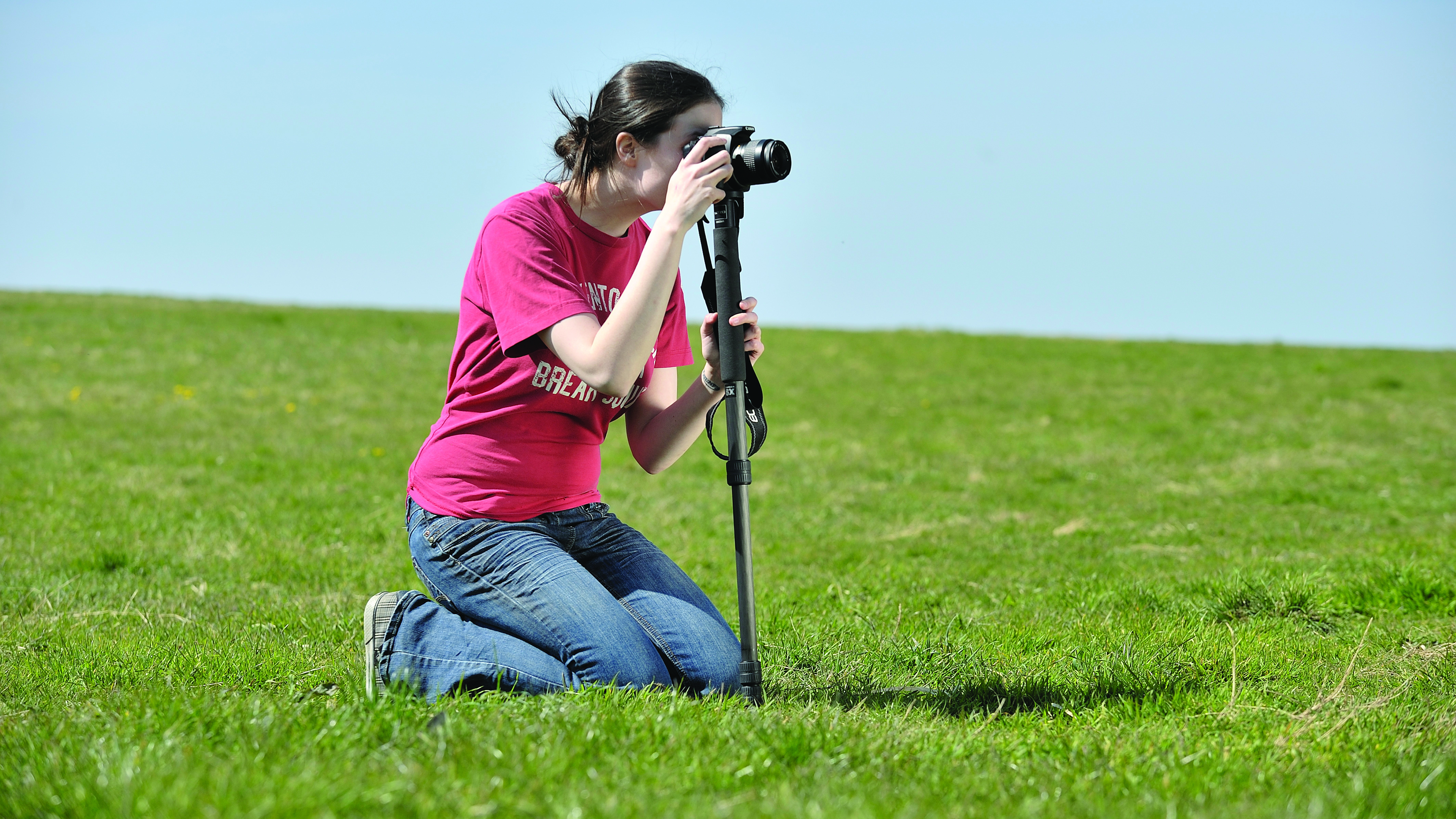What’s the point of a monopod? Surely a one-legged tripod makes NO sense!?
Makers keep making them, photographers keep buying them. What, exactly, is the appeal of a monopod?

We have just updated our guide to the best monopods for photographers, but it occurred to us that many photographers might not see the point of them AT ALL. So we thought we should explain a little about these weird one-legged beasts.
Let’s get the obvious thing out of the way from the start. When you put your camera on a tripod you can step away and it won’t fall over. You can shoot a 30-second exposure and the camera won’t budge. A tripod is miles better as a camera support than a monopod. Why are we even having this discussion?
• See the Digital Camera World A-Z Dictionary of photography jargon
Because sometimes a tripod is impractical, inconvenient or impossible. And just as a tripod is miles better than a monopod, a monopod is miles better THAN NOTHING.
So here are five times you will be SO glad you had a monopod:
01 Sports and wildlife photography
That big super-telephoto lens maybe seems quite manageable when you hand hold it for five seconds, but after five hours (or five minutes) in the field, you can barely lift it, let alone get a steady shot. A monopod takes all the weight of a heavy lens, just like that. Problem solved.
02 Night shots in the city
In a perfect world you would use a tripod for night shots, or your camera’s image quality would be so good at ISO 51,200 (or whatever) that you could shoot everything handheld. In practice, there’s a big window of opportunity between tripod and handheld photography where a monopod is just the support you need, but doesn’t take an age to set up or cause an obstruction.
The best camera deals, reviews, product advice, and unmissable photography news, direct to your inbox!
03 Outdoor hikes
Be honest. You have a tripod, but if you are faced with a five-mile hike across mountains and bogs, are you really going to take it with you? A monopod will give you added camera support right when you need it, and if it’s sufficiently sturdy (not all of them are, ahem), you can use it as a walking pole too. A good monopod doesn’t just stabilise the camera, it can stabilise the photographer too.
04 Amazing interiors
Anyone who loves history and culture will want to capture the amazing interiors they see on their travels. Trouble is, so will the ten thousand other people queuing to see the same thing, so you will be moved on pretty quick if you try to set up a tripod. A monopod can give you much-needed stabilization and you will hardly have to break stride.
05 Vlogging without a gimbal
Gimbals are great but they take an age to set up and can really get in the way in the push and shove of a busy street. A monopod will give you a stable base for a quick video clip, or you can close it up to a single section and use it as a vlogging 'grip', or you can extend a section or two and jam the ‘foot’ into your waist for mobility and stability combined!

So we're serious about monopods?
We certainly are. Monopods make a lot of sense as simple, adaptable and rapid camera supports. They don't solve every problem, but they are a brilliantly simple solution to lots of issues that us photographers face all the time.
Read more:
• Best monopods
• Best travel tripods
• Best mini tripods
• Best gimbals
• Manfrotto Befree GT XPRO

Rod is an independent photography journalist and editor, and a long-standing Digital Camera World contributor, having previously worked as DCW's Group Reviews editor. Before that he has been technique editor on N-Photo, Head of Testing for the photography division and Camera Channel editor on TechRadar, as well as contributing to many other publications. He has been writing about photography technique, photo editing and digital cameras since they first appeared, and before that began his career writing about film photography. He has used and reviewed practically every interchangeable lens camera launched in the past 20 years, from entry-level DSLRs to medium format cameras, together with lenses, tripods, gimbals, light meters, camera bags and more. Rod has his own camera gear blog at fotovolo.com but also writes about photo-editing applications and techniques at lifeafterphotoshop.com

